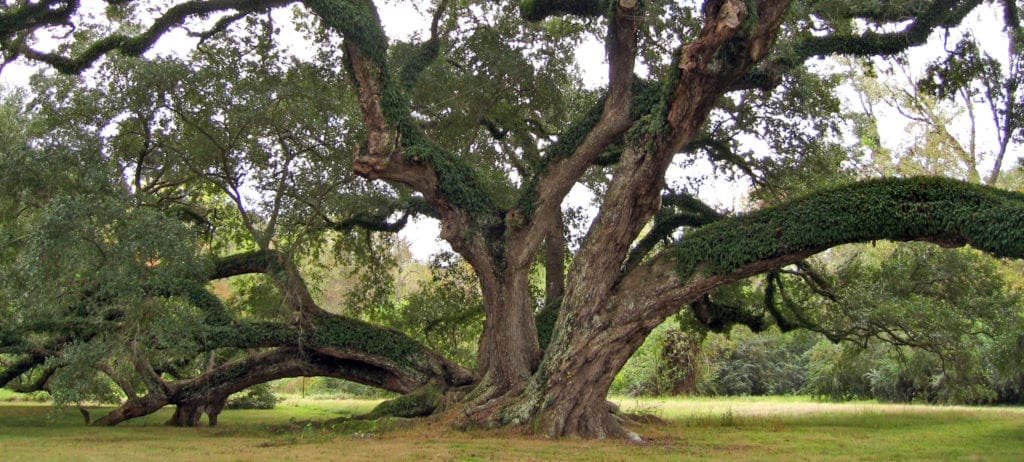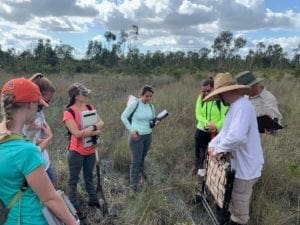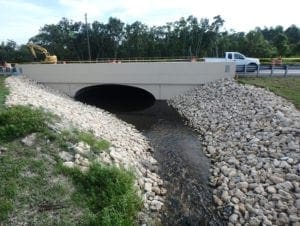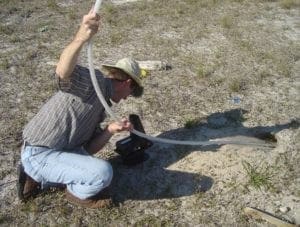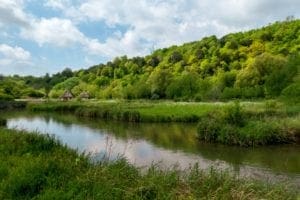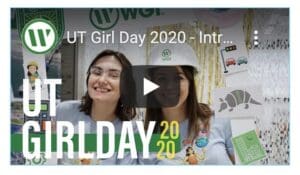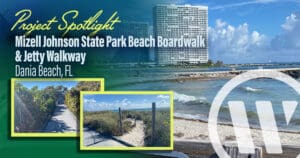
Project Spotlight: Mizell Johnson State Park Beach Boardwalk & Jetty Walkway (Dania Beach, FL)
WGI, in conjunction with the Florida Department of Environmental Protection Division of Recreation and Parks, inspected, designed, and permitted replacement and repairs to coastal recreational infrastructure that sustained storm damages resulting in closures for public safety.


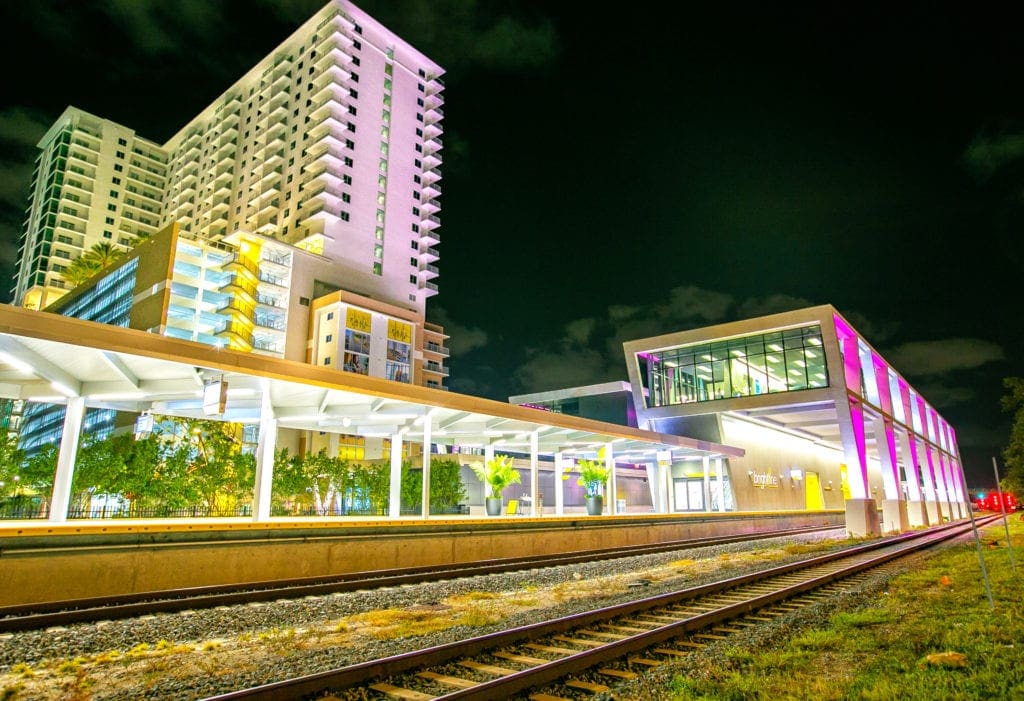
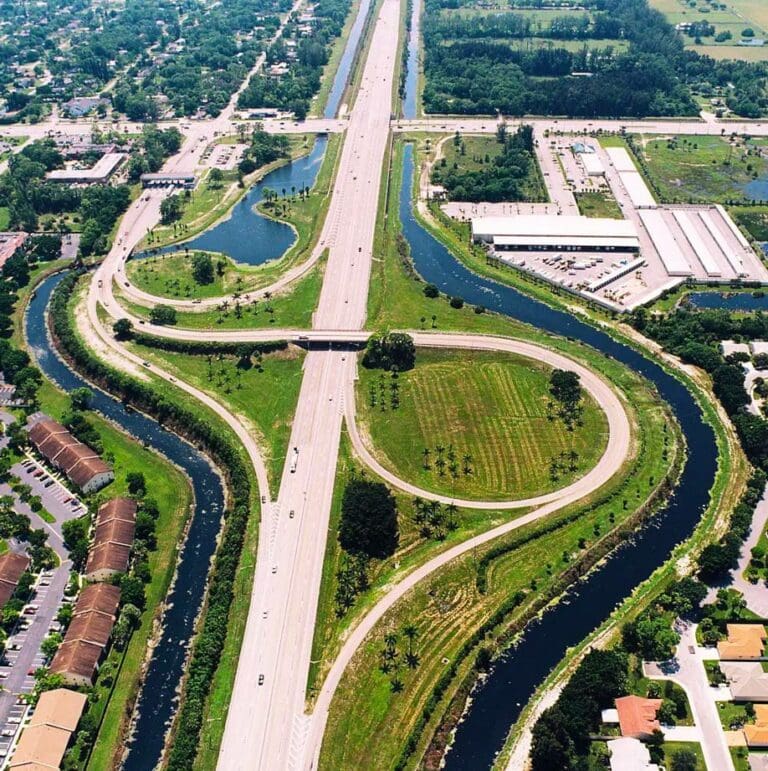
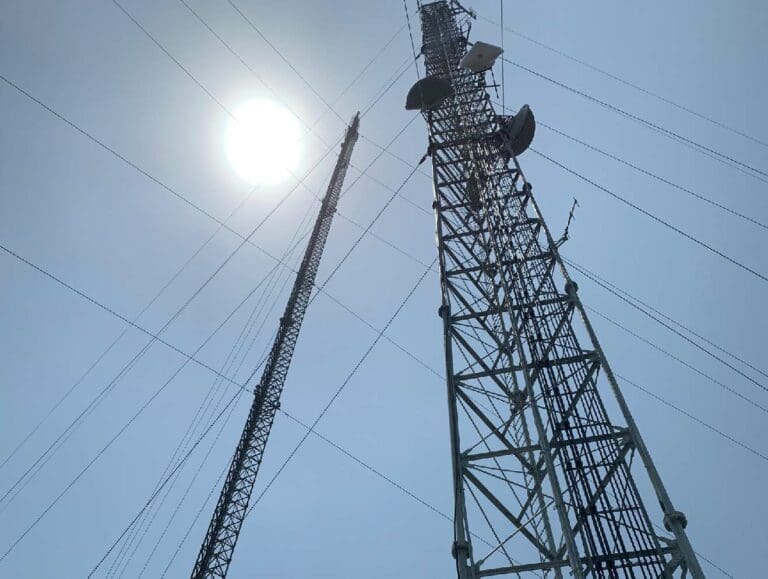
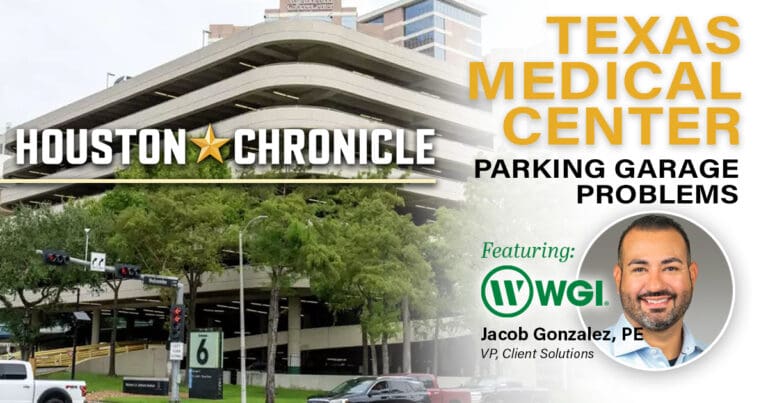

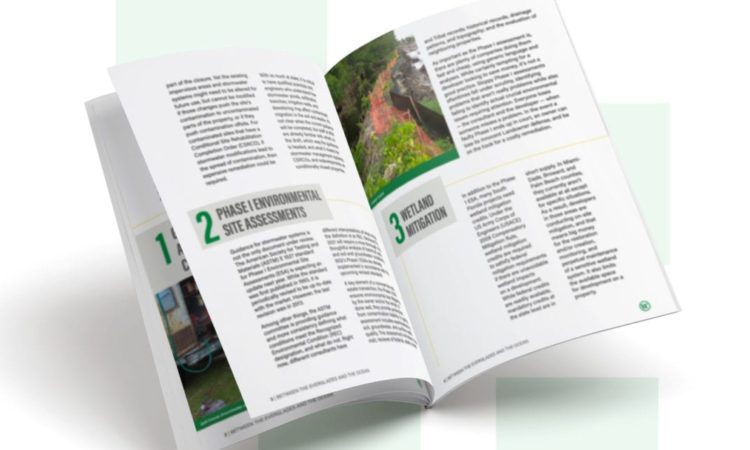
 In a place as land-scarce as South Florida, developers are oftentimes looking at properties originally built-out in the ‘60s, ‘70s, and ‘80s. Greenfields are rare. The Atlantic Ocean is on one side and the Everglades on the other, so there really is nowhere to go. For those looking to develop a project, it’s likely going to be on property that’s already been used and, oftentimes, is conditionally closed by the Florida Department of Environmental Protection (FDEP). Conditionally closed sites are properties with residual soil or groundwater contamination that is generally impractical to completely remediate, so the cleanup process is closed, via land-use restrictions or engineering controls in perpetuity, to protect people from the lasting contamination.
In a place as land-scarce as South Florida, developers are oftentimes looking at properties originally built-out in the ‘60s, ‘70s, and ‘80s. Greenfields are rare. The Atlantic Ocean is on one side and the Everglades on the other, so there really is nowhere to go. For those looking to develop a project, it’s likely going to be on property that’s already been used and, oftentimes, is conditionally closed by the Florida Department of Environmental Protection (FDEP). Conditionally closed sites are properties with residual soil or groundwater contamination that is generally impractical to completely remediate, so the cleanup process is closed, via land-use restrictions or engineering controls in perpetuity, to protect people from the lasting contamination.
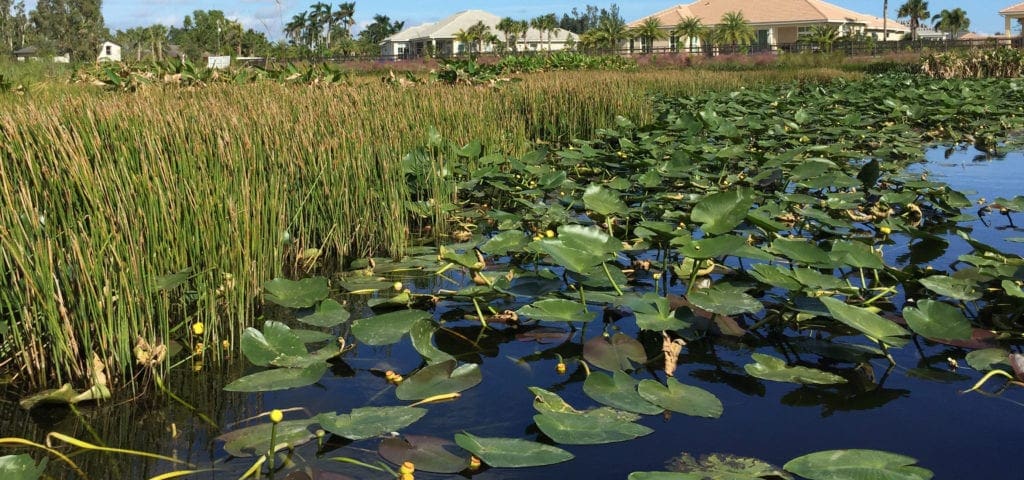

 As the state of Florida’s population boomed over the last five decades, it should come as no surprise that native wildlife was harmed. One such species is the Florida Burrowing Owl, found on vacant lots, golf courses, pastures, and similar open grassy areas. The owls live in pairs or loose colonies, and their 39-county distribution covers the entire peninsula. The long-legged bird, standing about nine inches tall, uses burrows for breeding and sheltering. It is listed as state Threatened on Florida’s Endangered and Threatened Species List and protected under the Federal Migratory Bird Treaty Act. Loss of native habitat and lac of protected habitat are key reasons why burrowing owls are under threat.
As the state of Florida’s population boomed over the last five decades, it should come as no surprise that native wildlife was harmed. One such species is the Florida Burrowing Owl, found on vacant lots, golf courses, pastures, and similar open grassy areas. The owls live in pairs or loose colonies, and their 39-county distribution covers the entire peninsula. The long-legged bird, standing about nine inches tall, uses burrows for breeding and sheltering. It is listed as state Threatened on Florida’s Endangered and Threatened Species List and protected under the Federal Migratory Bird Treaty Act. Loss of native habitat and lac of protected habitat are key reasons why burrowing owls are under threat.
